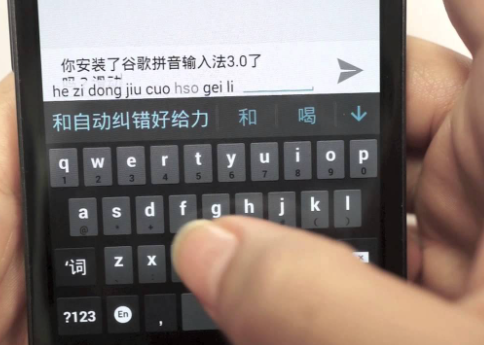The Chinese pinyin input method (中文拼音输入法) has been subject to considerable progression since its inception, altering how Chinese character types are typed and revolutionizing computerized connection in China-discussing neighborhoods. Here’s a peek at its advancement and effect:
Early Advancement: The creation of Pinyin enter methods extends back towards the 1970s, with very early techniques relying on time consuming programming methods and restricted features. Nonetheless, as computer technology sophisticated, Pinyin insight strategies started to be more sophisticated and customer-friendly.
Wide-spread Adoption: The wide-spread adoption of Pinyin feedback strategies in the 1990s and 2000s played out an important role within the digitalization of Asian figures. By offering an easy-to-use and effective strategy to sort Asian heroes, Pinyin insight techniques created computers and mobile phones offered to Asian audio speakers worldwide.
Assisting Interaction: Pinyin insight methods have facilitated interaction across linguistic boundaries by allowing Chinese speakers to type and send out communications simply and efficiently. It has led to the globalization of Chinese language and traditions.
Boosting Terminology Learning: For Oriental terminology pupils, Pinyin input techniques are priceless tools for training entering and reinforcing language. The saying prediction characteristic will help students connect Pinyin spelling using the related characters, aiding in character identification and memorization.
Assist for Dialects and Minority Spoken languages: Pinyin enter approaches have also been modified to aid dialects and minority spoken languages in The far east, helping to protect linguistic variety and advertise cultural traditions.
Impact on Technological innovation: The introduction of Pinyin enter techniques has inspired other facets of technologies, like presentation identification and normal language digesting. Pinyin-structured enter techniques work as the cornerstone for voice input and text message-to-dialog technology in Mandarin China.
Ongoing Creativity: Pinyin enter approaches still change with advancements in modern technology. Modern input strategies combine unnatural knowledge and unit discovering algorithms to boost word forecast accuracy and end user practical experience.
To summarize, chinese people Pinyin input technique has transformed the way China character types are typed and communicated in the electronic age group. Its development and impact have not merely facilitated communication and terminology studying but in addition contributed to technological know-how and ethnic preservation. As technology is constantly move forward, Pinyin input approaches will likely engage in a progressively vital role in shaping the future of electronic digital interaction in China-communicating neighborhoods.


